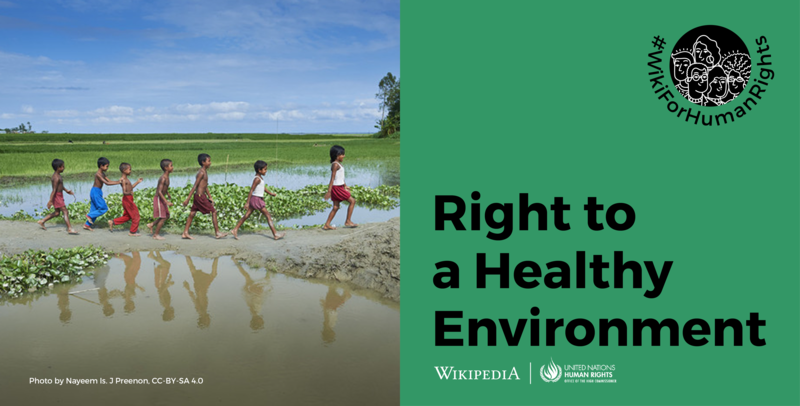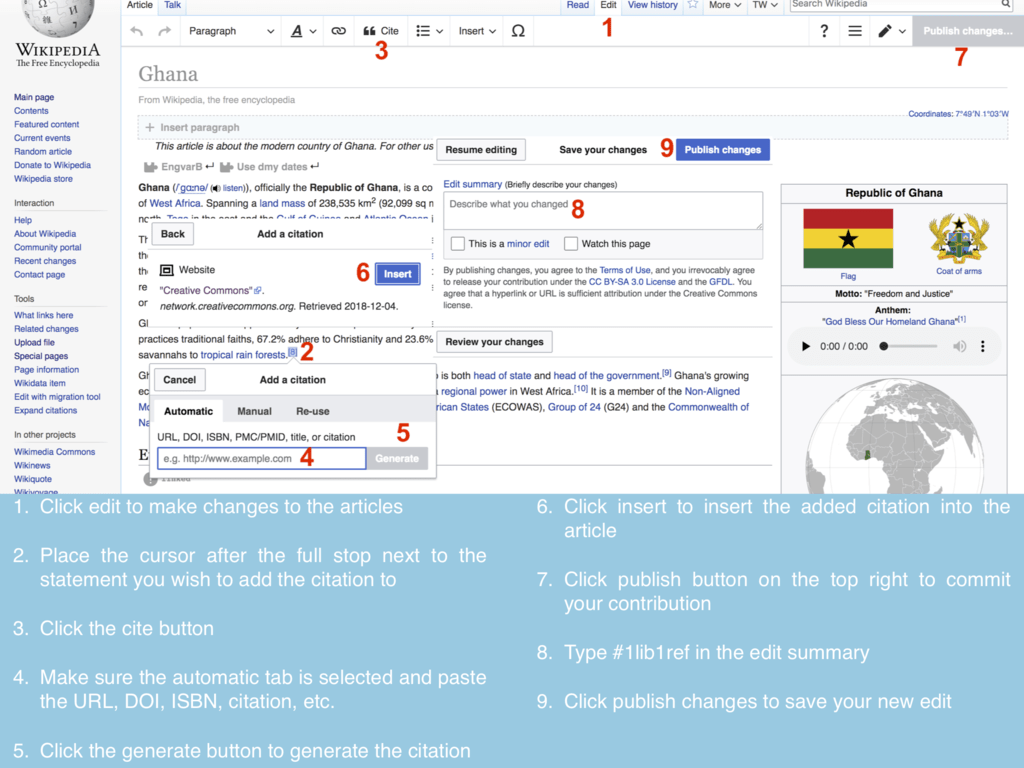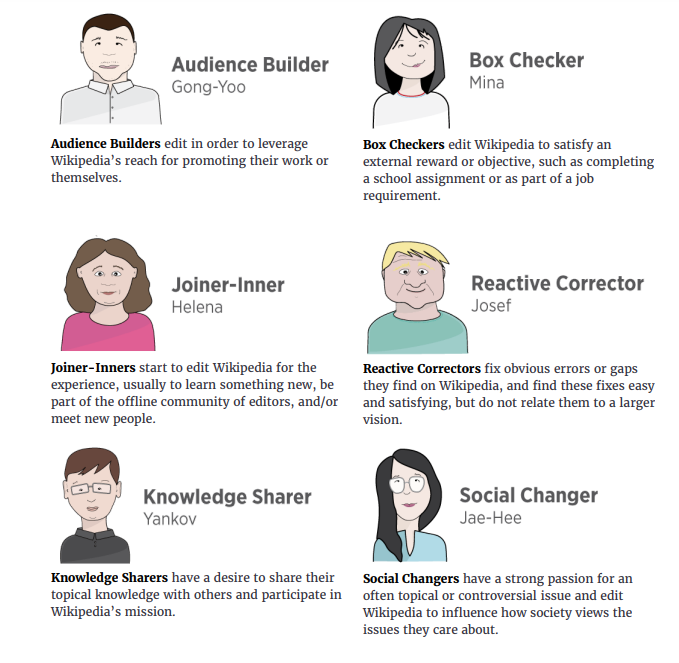This blog post is part of a three part blog series exploring how organizing helps the Wikimedia movement grow participation and respond to movement strategy. Here are the links for Part II and Part III .
When I first joined the Wikipedia community, I became known among many in the United States community as a young, enthusiastic advocate — as someone who could share excitedly the promise of GLAM-Wiki, the Education Program and editing Wikipedia to change the world. I ran nearly a dozen events powered by enthusiasm — advocating Wikipedia to anyone I could, and making sure that they edited at least once.
How many of those early recruits are still in the movement? Nearly none.
12+ years of organizing later, I look back and see that only a handful of the people I contacted in those first few years are still contributing with the movement. My enthusiasm for the mission, the opportunities that I saw on Wikipedia, and the energy I invested in recruiting in those first few years — felt a bit of a waste. Fun, but poorly spent energy. Through sheer force of will I made those activities work — so much so that volunteer Alex convinced some early Foundation staff that there was a model that worked of “just training enthusiastic organizers like Alex”.
Nearly every day, I encounter this same will and enthusiasm while organizing campaigns like #WikiForHumanRights, joining the outings of my local affiliates, and communicating with, coaching and mentoring organizers throughout the movement — as part of the Campaigns Programs team at the foundation. And just as frequently, I find that this sometimes misdirected energy can leave organizers either dispirited or exhausted.

A flier for our upcoming #WikiForHumanRights campaign (learn more on diff): a campaign at the intersection of environmental issues and human rights. Learning how to run campaigns has really changed how I think about who we can recruit to our community.
As Wikimedians, our love for the process of documenting the world also creates an infectious enthusiasm and care for showing others how to do the same. But the fact is: most people don’t share our enthusiasm for public knowledge, or documenting the world, or learning how we do it (on a Wiki). It takes more than a beautiful vision to inspire; it requires alignment to our purpose and actions, and invitation and care in bringing newcomers along with us.
“Anyone can edit” is a software setting, not how you sustain a community
At the heart of my early enthusiasm was a complete belief in “Anyone can edit.” I looked at my University’s library, saw how much knowledge was not on Wikipedia, and thought “if only they knew what power filling these knowledge gaps could have, everyone would want to edit”. Obviously that wasn’t the case.
It’s important to remember how we got to “anyone can edit”. The tagline comes from our roots in the early internet and the open source software community. Anyone can edit is a theory (i.e. there could be editors, because the software lets them edit), but in practice this is rarely the case. Editing requires both a number of interactions to go right with our platforms, and the motivation, knowledge and access to time to do so.

There’s an old saying in the movement that “Wikipedians are born, not made”. These born Wikimedians are a rather rare bunch — they are often those self-selecting because they have the skills to use our software, research an encyclopedia and belong in the social environment that arises from this process. This, in many ways, echoes certain parts of the open source communities which created meritocracy cultures by focusing on the communities they already had, they often became tragically misaligned cultures of exclusion (for example).
The New Editors Experiences research completed by the Wikimedia Foundation in 2017−18 provided a fairly robust examination of how we made it hard for the motivated participants. And the subsequent work of the Growth team at the Foundation has created some impressive, incremental steps in making it easy for “anyone who clicks edit” or “anyone who creates an account” to be successful. Now instead of the vacant stare of a blank wikitext page welcoming you after you create an account, you are actually welcomed, given a choose-your-own adventure path to participating, and soon you will be told how your work matters.
But that doesn’t mean that everyone will see the opportunity to edit and create an account. Only a tiny portion of the global population sees the edit button as an invitation and is willing to invest time and energy in the centuries-long project we have invested in: the sum of all human knowledge. The growth features are useful to most new editors if they click edit, but were designed to most deeply facilitate participation for two of the six fictional design research personas developed during the New Editor Experiences research: the Reactive Corrector and the Knowledge Sharer. For them, the edit button is a sufficient invitation for their personal missions, and their purpose can be facilitated by a wonderful set of tools. But the other types of new editors don’t always imagine themselves just clicking edit to begin with.

If you found your way into the movement organically through editing, there is a good chance that part of your personality and motivation is similar to these two fictional personas prioritized by the Growth team. For example, teach someone who is an instinctive Knowledge Sharer how to edit Wikidata, and they will be editing for years to come; or invite a Reactive Corrector to WPWP, and you might get 1000 new images on Wikipedia articles. And, though we continue to grow in many parts of the world through natural growth from these kinds of newcomers, the editing communities are starting to slow their replacement rate.
Most people don’t share the same compulsion to edit as our existing communities — they could be inspired by the work of the reactive corrector and knowledge sharer, but the sheer persistence to document the world is not their thing. Each of the four other personas from the research need something else beyond the better tools to motivate their participation in our projects: the Audience Builder, a financial or self-promotion goal; the Box Checker, an outside requirement such as a school assignment; the Social Changer, a vision for how knowledge changes the world; and the Joiner Inner, a community to join.
How do we shift focus to “anyone who shares our vision will be able to join us”?
The Wikimedia movement’s vision imagines “a world in which every single human being can freely share in the sum of all knowledge.” This can feel as inspiring as it is broad. It mentions nothing of wikis, or of particular Wikimedian knowledge production processes, or even the internet. But in practice, our work as a movement happens on our platforms and in our communities, and is driven by very concrete socio-technical tools and norms. This is where Wikimedia’s 2030 Strategic Direction Movement Strategy gives us a clearer and more actionable mandate: “anyone who shares our vision will be able to join us”. Through this lens, we can more clearly see the limitations of “anyone can edit” as a call to action. In order for people who share our vision — of universal access to knowledge — to join us, they first must be able to see their own public knowledge missions within the work of Wikimedia.
I would argue that from a platform contribution perspective — that means we need to get better at inviting two of the four personas who we can provide a more deliberate invitation to: the Social Changers and the Joiner Inners. I exclude the Box Checkers and the Audience Builders, because Wiki Education and other education programs have figured out great ways to engage the Box Checkers, and the general sentiment of the movement about the Audience Builders is mixed: if making benign edits, they can become fine parts of the community; but as a group they have a tendency to start by pushing their point of view in such a way that it may be more trouble than it is worth (and in a world of disinformation, this can have toxic results).
One of the problems for Social Changer and Joiner Inner personas though: they need a connection to our movement. These personas need people and/or spaces that help them achieve their personal mission. Fortunately we have a growing network of capable affiliates and organizers in the movement who can provide that space. These affiliates and organizers create partnerships, outreach activities, events, and learning opportunities for the parts of the public that may be familiar with Wikimedia, but haven’t yet thought to participate.
Organizers align some of our hardest to reach newcomers to our purpose and actions. By focusing on these newcomers with invitation and care, the newcomers feel supported and join us in our mission.
In 2019, we published the Movement Organizers Research to better understand organizers: Who are the facilitators that introduce new audiences to contributing? Where do they come from? How do we make sure that our movement makes it as easy for Organizers to contribute as it is to edit?
In Part II, I will focus on what we learned from the Movement Organizers research, and how organizers in the last few years have helped us reimagine what a welcoming invitation is for targeted participants, like Social Changers.

Can you help us translate this article?
In order for this article to reach as many people as possible we would like your help. Can you translate this article to get the message out?
Start translation